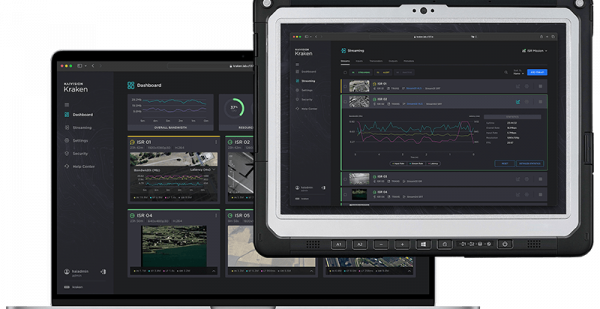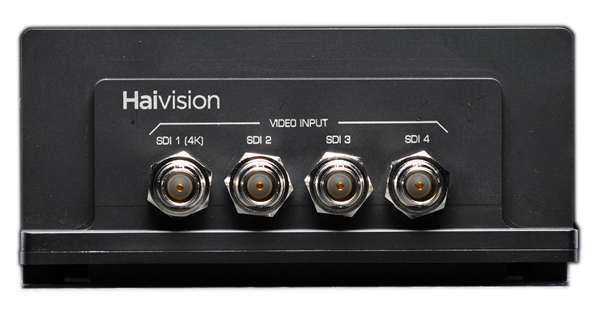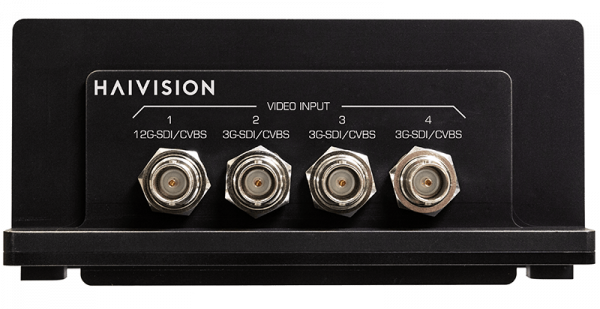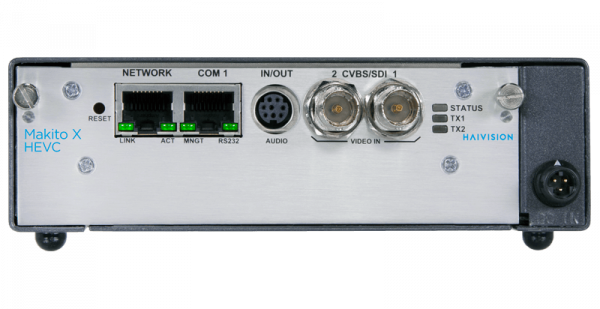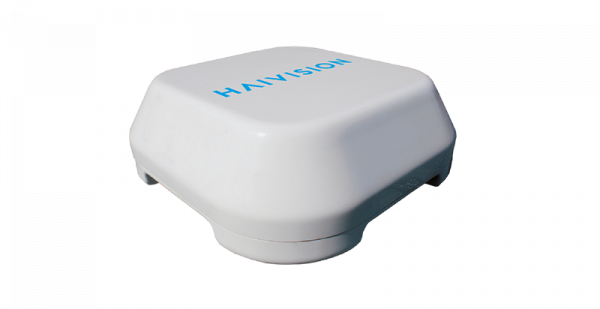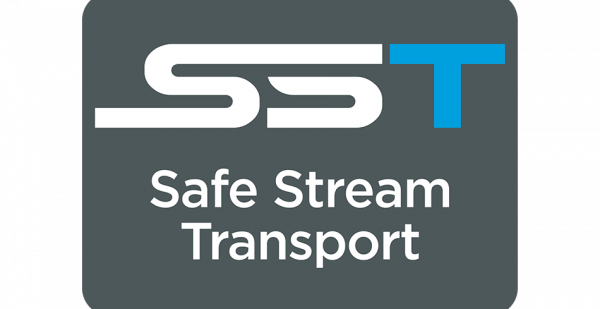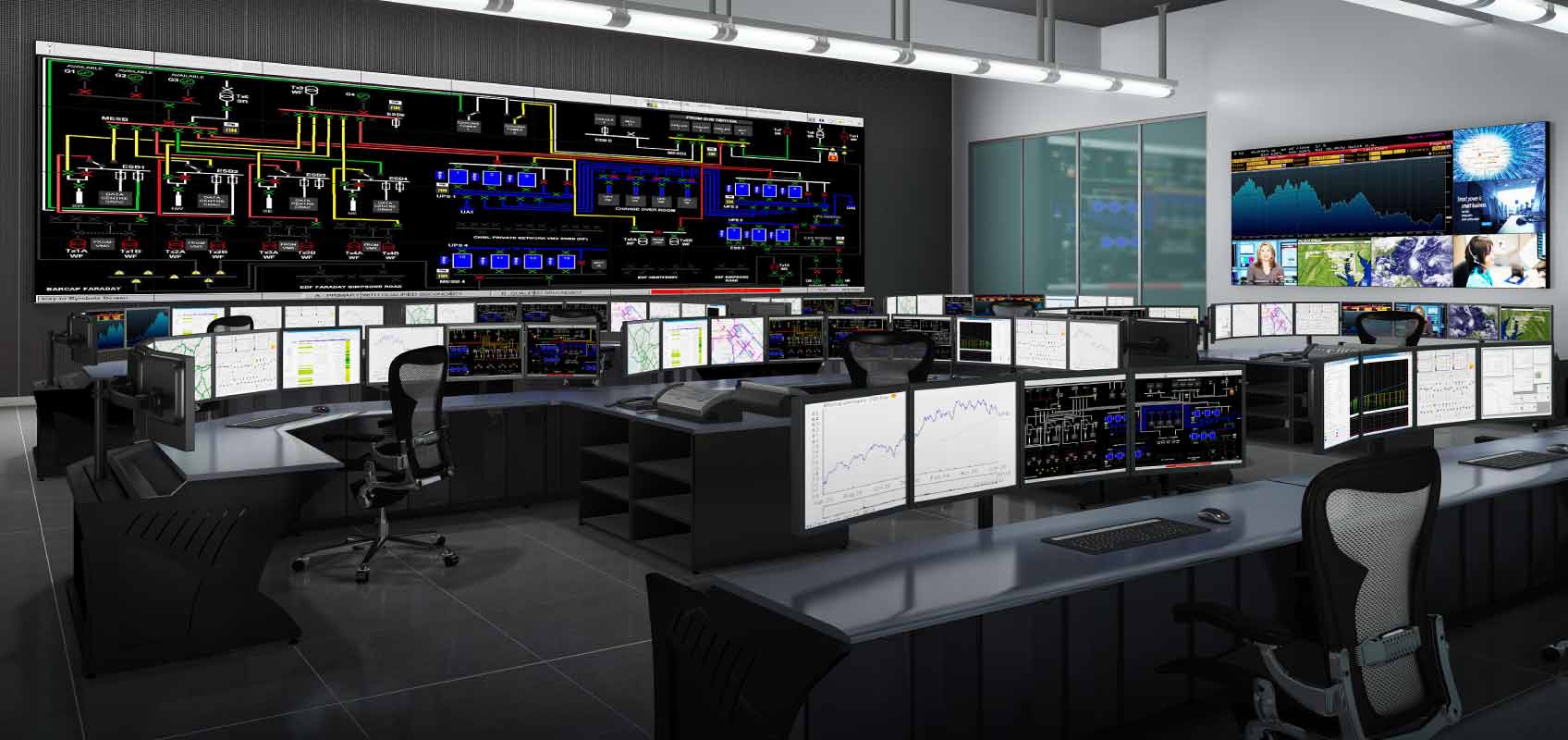Many industries, including utilities, manufacturing, and transport sectors rely on SCADA (Supervisory Control and Data Acquisition) systems to provide an overview of operations, inform decision-making, and propel operational efficiency. These systems are pivotal in providing organizations with real-time situational awareness—a capability that is significantly amplified by integrating advanced video wall technology in an operation center.
Haivision’s video wall solutions are engineered to complement and enhance SCADA functionalities by offering a more expansive and interactive visual representation of complex operational data and processes. This integration not only simplifies the monitoring of these systems but also empowers operators to manage and respond to operational challenges quicker and more effectively.
In this blog, we’ll discuss how video wall solutions in an operation and command center can be integrated with an organization’s existing SCADA system and the potential benefits to be seen from doing so.
How to leverage your existing SCADA Systems in an operation center
SCADA systems are the backbone of industrial process monitoring and control. They are a crucial tool for operation centers to improve efficiency, optimize processes, and ensure the safe and reliable operation of critical infrastructure. To take operations one step further, many organizations choose to integrate video wall technology with their existing SCADA systems to help view the data live in an operation center.
Teams can enhance operational efficiency and decision-making capabilities by integrating SCADA systems with Haivision’s video wall solution in the following ways:
- Enhanced Situational Awareness: High-resolution displays provide a bird’s-eye view, allowing operators to monitor multiple data feeds simultaneously. In a power plant, this means real-time visualization of generators, transformers, and transmission lines. For manufacturing facilities, it’s about overseeing production processes and equipment efficiency across the floor. Water treatment plants benefit by tracking water quality and the status of pumps and valves. Similarly, transportation systems can manage and observe traffic flows and signal statuses all in one place.
- Centralized Control and Interaction: Haivision’s video wall solution features an intuitive interface and touch-screen capabilities to enable operators to interact directly with their data. As an example, these features allow a power plant operator to zoom in on a specific generator’s performance metrics or a manufacturing facility manager to fine-tune machine settings without switching tools.
- Enhanced Collaboration and Communication: By having everyone in the operation center view the same real-time data on large video walls, the operations team can support effective communication and coordinated responses. This is crucial during critical situations such as a system failure at a power plant or a production halt at a manufacturing facility. Similarly, in water treatment plants, quick collaborative decision-making can significantly impact public health.
- Reliability and Redundancy: Haivision’s built-in redundancies ensure that, even in the face of system failures, there is minimal downtime, which is critical for continuous operations. This reliability is vital for environments like power plants and water treatment facilities, where even brief interruptions can have widespread repercussions.
- Security Features: Robust security safeguards within Haivision’s solutions protect sensitive data displayed and controlled through the video wall. This is crucial across all sectors but especially in sectors like manufacturing and transportation, where protecting operational data is critical to maintaining competitive advantage and public safety.
- Scalability and Customization: Haivision solutions adapt to growing needs. Additional inputs and display configurations can be easily integrated without major overhauls.
What to Consider During Implementation
Once you’re ready to integrate the video wall solution with your SCADA system, planning and staffing is critical, but one of the most important phases is implementation.
Testing is a key component of the implementation phase. During implementation, we recommend that you conduct thorough testing phases, which include:
- System integration tests to verify how your data is pulled from the SCADA system to your display.
- Testing the UI display features to ensure it meets your operator’s requirements for their day-to-day tasks.
- Load and stress tests that can push your system beyond normal operational levels to make sure it can handle extreme conditions.
- Vulnerability assessments, penetration testing, and operational testing by conducting mock attacks and real-life scenarios on your system during regular and emergency operations.
You need to make sure your video wall solution is prepared to recover data and functionality quickly in the event of a system failure. By thoroughly testing, you’re ensuring not only that your video wall integrates seamlessly with your existing system, but also that you can enhance operational efficiency and your decision-making capabilities.
Integrating Haivision video wall solutions with existing SCADA systems empowers operation centers with a powerful tool for enhanced situational awareness, improved decision-making, and efficient collaboration. To learn more about how Haivision’s video wall solutions, powered by Haivision Command 360, can help you optimize your operation center, contact us today for a consultation or demonstration.
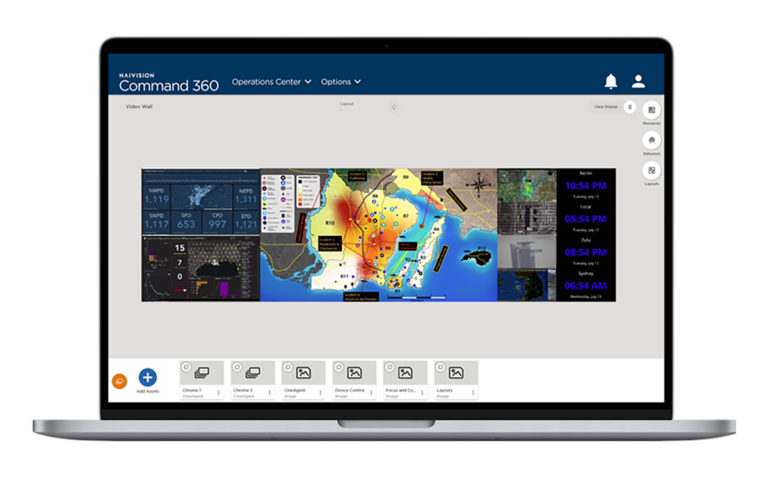
Explore Video Wall Solutions
Take control of your SCADA data. Visit our video wall solutions page to learn more.








